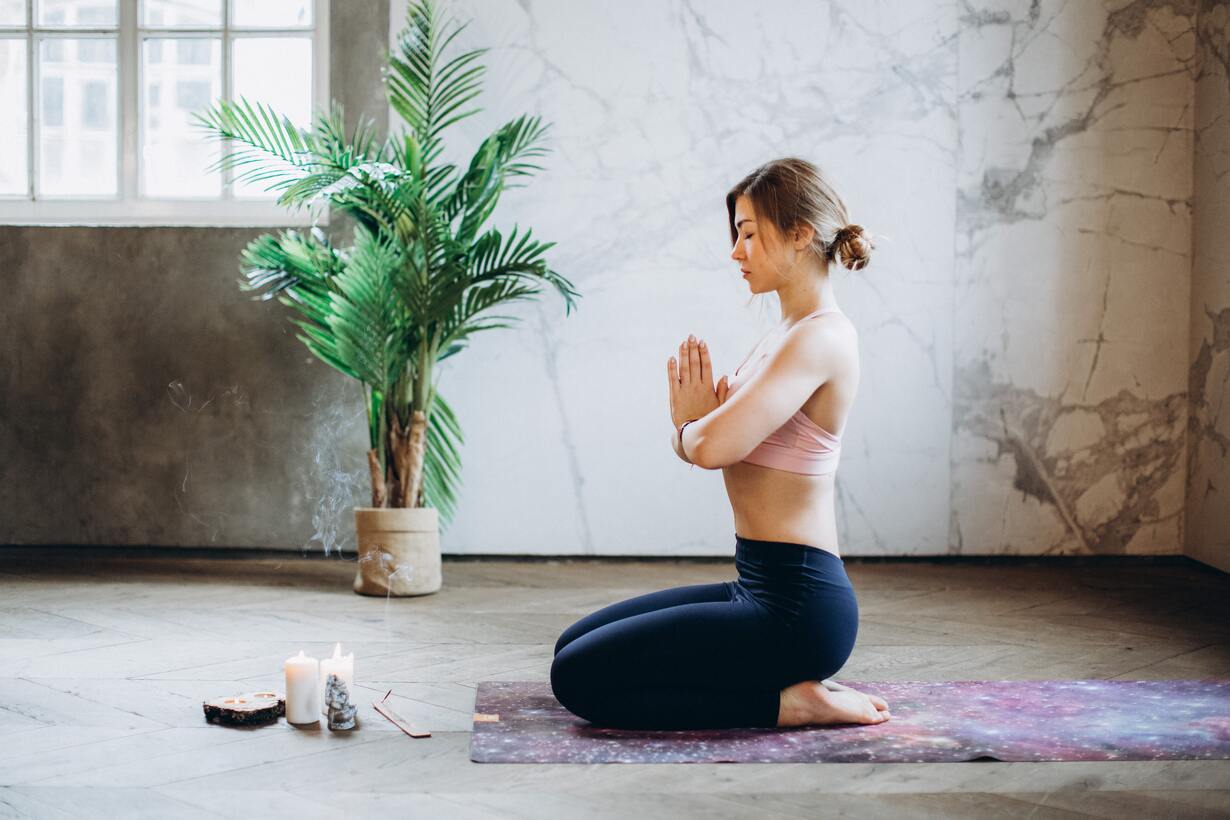
Yoga and Life: How to Teach through the Unexpected - Burnout, Injury, and the Expectations of Others
While many people get into teaching yoga out of a strong desire to help others, there can be some unforeseen consequences of holding tightly to this torch.
Chasing Perfection
Seasoned yogis and instructors are often seen as perfectly balanced people. While yoga certainly can make us feel more physically and mentally well, practicing a yogic lifestyle does not mean that one’s life is perfect. It is normal to want to aim for something, like inner peace, satisfaction, and good health, but if we hold ourselves to a sky-high standard, it can make us feel bad about ourselves when we don’t achieve it.
Hair stylists may not always care for their highlights exactly as the dye bottle directs and baristas may just want a quick instant coffee at home instead of making something that requires multiple steps and ingredients. It’s okay to fall out of line with perfection and feel angry with the customer service robo-voice phone tree. It’s okay to eat meat in a pinch or a craving, even if you are trying hard to transition to vegetarianism. It’s okay to feel in a funk and not make it to your mat for a week, even if you promised yourself you would maintain a daily yoga practice.
If we don’t allow ourselves to be human and imperfect, not only will we feel like a failure, but we are at risk of burning out from the exhausting and unsustainable pursuit of perfection.
Stretching Yourself Too Thin
Even if you love to teach yoga, teaching 25 classes a week that all require new creative sequences or that don’t allow adequate time for basic needs, like taking a regular lunch or dinner break or time to return that call from your mom, it’s likely your needs will pile up and you may want to run out of the studio and never look back. To continue enjoying teaching and stave off burnout, it is important to set a realistic schedule that serves the needs of your business and you.
Another facet of the yoga business that is not often talked about, is the need for teacher-student boundaries that serve both parties. Because yoga teachers are often seen as healers and helpers, some clients may feel that you are the perfect person to give them advice on how best to open up their hips and whether or not they should leave their husband. You may also be leaned on when students are in grief, are grappling with a new health diagnosis, or are in pain over a strained relationship. This can all be a lot.

It is of course okay to engage with your students - you don’t need to put up an iron wall around yourself. If you notice tears during savasana, it is wonderful to walk over and offer the student a blanket to signal that they are seen and cared for. Being a source of care and compassion is a beautiful part of being a yoga teacher, but recognizing that you are not an endless well of energy is equally important in order to keep loving what you do.
If you consistently get swarmed at the end of class with students unburdening their hardships onto you, it is okay to make an announcement at the start of class as you introduce yourself that you welcome any questions or chats at the end of class for ___ minutes or until ___ time. For example, you might say something like, “Good evening everyone and welcome to our vinyasa flow class. My name is ___ and I will be leading our class tonight. If there are any questions or comments after class, I will be available at the back of the room for ten minutes/ until 6:40PM to answer any questions you may have.”
You might also offer to walk out of the studio with any straggling students after class to still make yourself available to them, while not detracting from your own evening (AKA, going home!).
Ultimately, modeling healthy boundaries in order to maintain your own energy and wellness is more powerful for you and your students than giving and giving until you are depleted or even resentful.
Managing an Injury
Another fact of life that can affect your yoga practice is an injury. Some injuries come from overuse, or pushing the body too hard. Some are recurring injuries, like an ankle swelling each time it rains ever since you broke it in the seventh grade and it didn’t heal properly. Other injuries are simply accidents.
It goes without saying that if you are in pain, rest. If you are healing and are still wanting to teach, there are some options you can consider. I once had a yoga instructor who informed us at the beginning of class that she was healing from a recent snowmobiling accident and would not be demonstrating poses, but would be instructing by verbally cuing each pose while sitting on her mat. It was as easy as that!
You could also let students know that you have an injury and will be modeling poses using modifications or props, and will cue the full expressions of certain poses verbally if students would like to take it a step further. If you have the option, you might also decide to put a different type of class on the schedule as you heal, such as restorative yoga, yoga nidra, or meditation, in order to lead something that requires less body movement and focuses more on the mind.
Again, modeling is powerful. Just as teachers experience injuries, so do students. How beautiful is it to show someone that there are many ways to keep yoga in their lives, even if they are injured?
In summary, yoga is taught by people, and people are affected by so many things that life throws at them, including perfectionism, the demands of others, and unexpected injuries. If you notice you are feeling resistant to showing up to teach your regular 5:30PM flow class, take a minute to drop into that feeling and listen to what it’s trying to tell you. When we listen to our own needs and respond to them, we are much more likely to have longevity in the field and love what we do.






